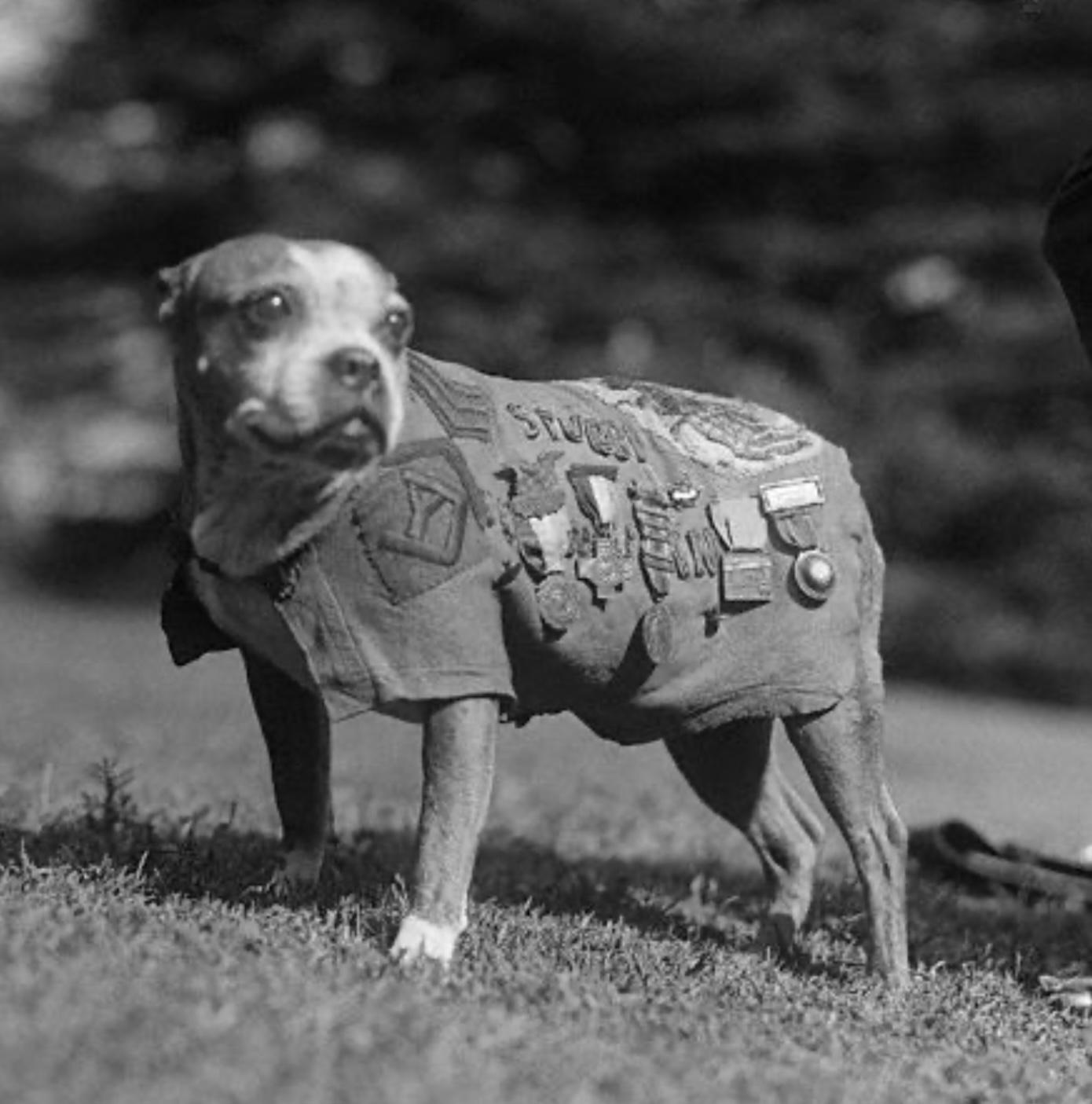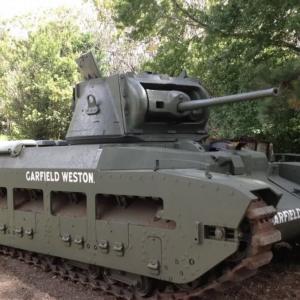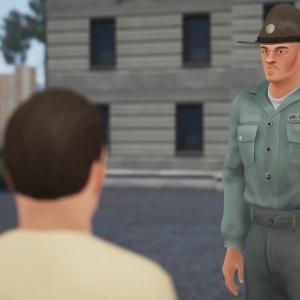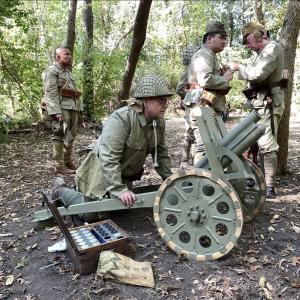
Sergeant Stubby
Sergeant Stubby was the most decorated war dog of World War I and the only dog to be promoted to sergeant through combat. His story is both heartwarming and historically significant.
Stubby was a short, stocky Boston Terrier–mix with a docked tail and a strong, muscular build. He was found as a stray in 1917 by Private J. Robert Conroy, a young soldier training at Yale University in New Haven, Connecticut, with the 102nd Infantry Regiment of the 26th “Yankee” Division. Stubby wandered into the camp and quickly became popular with the soldiers. They named him “Stubby” because of his short tail.
Although dogs were not allowed in military camps, Stubby’s charm and intelligence earned him a place among the troops. He learned to salute with his paw and responded to bugle calls and drills. When Conroy’s unit shipped out to France, he smuggled Stubby aboard the troop ship inside his greatcoat. Once overseas, Stubby proved himself in ways that went far beyond being a mascot.
Stubby served in the trenches of France for 18 months and participated in 17 battles. He quickly became known for his bravery and intelligence. His keen sense of smell and hearing allowed him to detect incoming artillery shells and poison gas attacks before they reached the troops. He would run through the trenches barking and alerting the men in time to put on their gas masks.
He was also able to locate wounded soldiers on the battlefield, barking to alert medics. Stubby often ventured into the dangerous no man's land to find injured men, guiding rescuers to them. His most famous act came when he apprehended a German soldier sneaking into the Allied trenches. Stubby grabbed the man’s leg and held on until help arrived, an action that earned him a medal and a field promotion to the rank of sergeant.
Stubby was wounded twice—once by shrapnel and another time in a gas attack. After each injury, he returned to duty. His fellow soldiers crafted a small gas mask for him and tailored a military jacket to display his many medals and service patches. He became a symbol of courage, loyalty, and morale at the front.
When the war ended, Stubby returned to the United States with Conroy. His arrival was met with great public excitement. He participated in numerous parades and was treated like a celebrity wherever he went. Stubby met several U.S. presidents and became a national symbol of American bravery and patriotism.
Stubby continued to be active in public life after the war. He served as a mascot for the American Legion and participated in war bond drives. His story was told in newspapers and public speeches across the country. He became particularly popular with schoolchildren and veterans alike.
As he grew older, Stubby retired from public appearances and lived with Conroy, who by then had enrolled in Georgetown University. There, Stubby became the unofficial mascot of the school’s football team, entertaining crowds at halftime by pushing a football around the field with his nose.
Stubby died peacefully in 1926. In recognition of his service, his body was preserved and later donated to the Smithsonian Institution, where he remains on display with his military jacket and medals in the National Museum of American History.
Sergeant Stubby’s legacy lives on as a symbol of the loyalty, bravery, and contributions of animals in wartime. His story continues to inspire and educate people about the unique roles animals have played in history, and he remains one of the most beloved war dogs in American memory.










